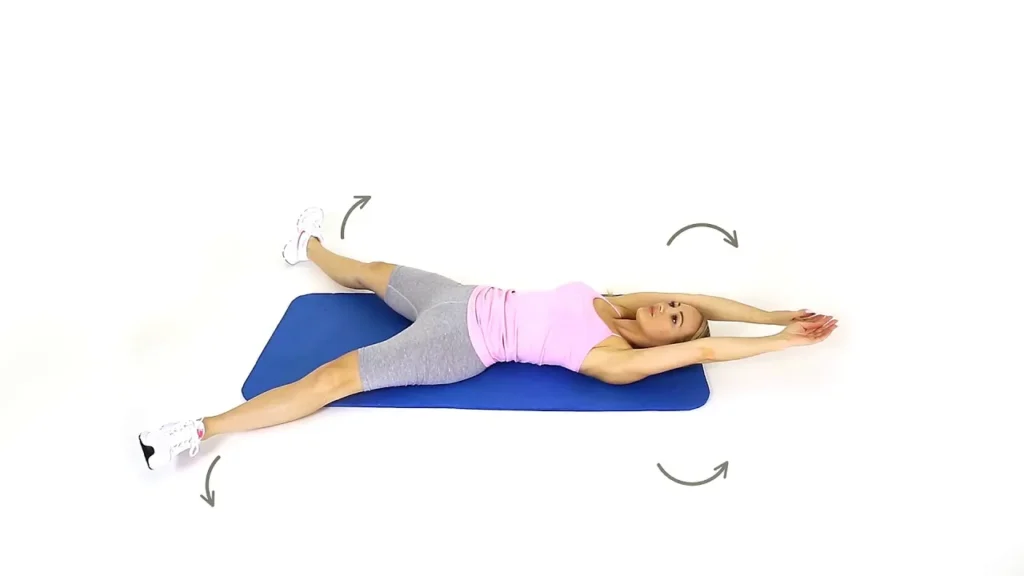Introduction
The Spinal Galant Reflex is an essential part of early motor development in infants. While it should naturally integrate by around 9 months of age, some children and even adults retain this reflex, which can lead to discomfort, poor posture, or restlessness. Fortunately, Spinal Galant exercises can help with reflex integration, alleviating many of these issues.
Why Spinal Galant Reflex Needs Integration?
An unintegrated Spinal Galant Reflex can create challenges in everyday life, including:
- Physical Discomfort: Lower back pain and posture issues are common symptoms.
- Attention Problems: Fidgeting, difficulty sitting still, and restlessness.
- Behavioral Issues: Children with an unintegrated reflex may appear inattentive or overly active, often being misdiagnosed with behavioral disorders.
Regular exercises can help inhibit this reflex, leading to improved coordination, posture, and focus.
Top Exercises to Integrate the Spinal Galant Reflex
- Core Stability Exercises
- Focus on strengthening the muscles around the spine to promote stability.
- How to Do It: Perform simple planks, side planks, and bridges to engage the core.
- Snow Angel Movements
- Mimic the action of making snow angels while lying on the back. This helps the nervous system adjust and inhibit the reflex.How to Do It: Lie on your back, arms and legs outstretched, and move them in a controlled snow angel motion.

- Side-to-Side Rolling
- Rolling from side to side helps retrain the nervous system to control body movements and reduce reflex responses.
- How to Do It: Lie on your back and gently roll your body from side to side, maintaining control of each movement.
- Cross Crawl Pattern Movements
- These movements engage both sides of the brain and body, promoting coordination and integration of reflexes.
- How to Do It: Alternate touching your right hand to your left knee and your left hand to your right knee while marching in place.
- Slow Rhythmic Rocking
- Rocking on all fours can help improve spinal coordination and reduce the reflex’s sensitivity.
- How to Do It: Get on your hands and knees and gently rock back and forth in a slow, controlled manner.
- Spinal Twisting Movements
- Twisting exercises help inhibit the reflex by rotating the spine and improving coordination.
- How to Do It: Sit cross-legged, twist your upper body to one side while keeping your hips stable, then repeat on the other side.
How Often Should You Perform These Exercises?
For best results:
- Children: Perform these exercises 5–10 minutes daily to see progress over time.
- Adults: Exercises can be done 3–4 times per week, depending on severity.
Consistency is key, and progress is often seen within a few months.
When to Seek Professional Help
If exercises do not seem to improve symptoms, or if the reflex persists despite consistent effort, it may be time to consult a professional. Occupational therapists or pediatricians can offer specialized guidance and may introduce more advanced reflex integration techniques.
Additional Tips for Parents and Caregivers
- Make exercises fun and engaging to encourage consistency.
- Use positive reinforcement to keep children motivated.
- Pay attention to improvements in posture, focus, and behavior over time.
Conclusion
Performing Spinal Galant exercises regularly can help integrate the reflex, leading to better focus, posture, and coordination. For anyone dealing with persistent reflex symptoms, starting a routine of these exercises can be highly beneficial.
Suggested source for further reading:
- Reflex integration therapies: https://www.sensoryintegration.org.uk/
- Occupational therapy and reflex integration: https://www.aota.org/
